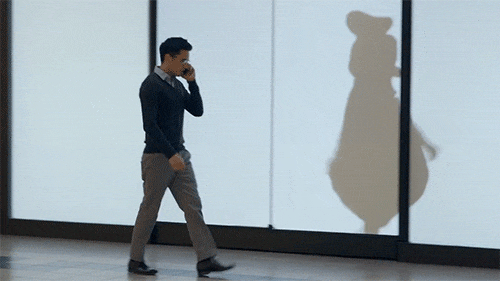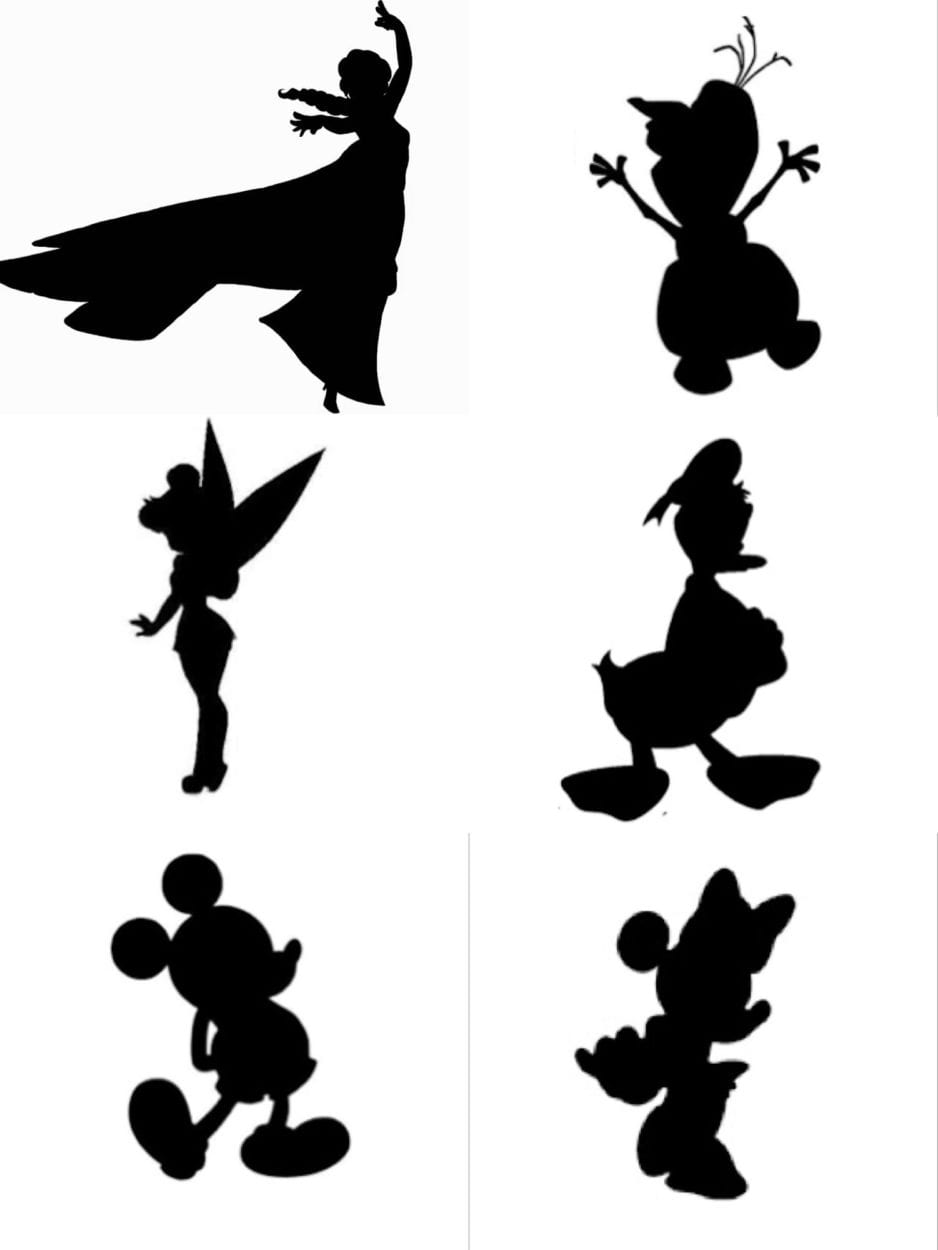Inspiration:
A couple of months ago, while I was browsing through the internet, I saw this video on Youtube.
Disney has had such a big influence on me as I grew up. And I’m sure it’s the same with a lot of people. This project has brought joy to the passengers and that’s what I want my projects to achieve. At the end of the video, it reveals that it’s actually people in costumes acting behind the screen. But while we were learning PoseNet in class, I thought it would be possible to use the knowledge I’ve learned in this class to recreate an actual program interactive version of this project. So I’ve decided to give it a shot for my final project.
Project Idea:
For my own version of this project, I’m creating a program that will detect the user’s body movement and link it to Disney characters. The output is presenting the character’s shadow triggered by the movement. My project is called, “Have a Magical Day”.

The main model I will be using for this project is PoseNet. I will use it to detect the user’s body movement and link the points to the Disney character’s body points. I originally wanted to design different stages for the program, where the character will stop detecting when the user stops walking. But I think it will complicate the program and I want the users to move as much as they can to discover the program and the characters on their own. So I decided to keep it a simple detection of the user’s body and “cover” the shadow onto it.
The Characters:
 Since I’ve decided to draw the character’s shadows on my own, it would be a lot of work if I chose I lot of characters. I chose all these characters following two rules. First, it has to be human-like, meaning it walks like a human, so I ruled out characters like Dumbo and Simba. Second, it has to be iconic, meaning most people would recognize this character through only its shadow. So I finalized the following ones in the end. Elsa, Olaf, Tinker Bell, Donald Duck, Mickey Mouse, and Minnie Mouse.
Since I’ve decided to draw the character’s shadows on my own, it would be a lot of work if I chose I lot of characters. I chose all these characters following two rules. First, it has to be human-like, meaning it walks like a human, so I ruled out characters like Dumbo and Simba. Second, it has to be iconic, meaning most people would recognize this character through only its shadow. So I finalized the following ones in the end. Elsa, Olaf, Tinker Bell, Donald Duck, Mickey Mouse, and Minnie Mouse.
Another element I thought of when I was designing these characters was the gender of these characters. In the original project, the performers knew the user’s gender so they chose characters that matched. I originally wanted to add some type of classification program to my project so it could detect. But I thought it wouldn’t make sense that users only could interact with characters of the same gender. So I would keep it random on which character would appear.